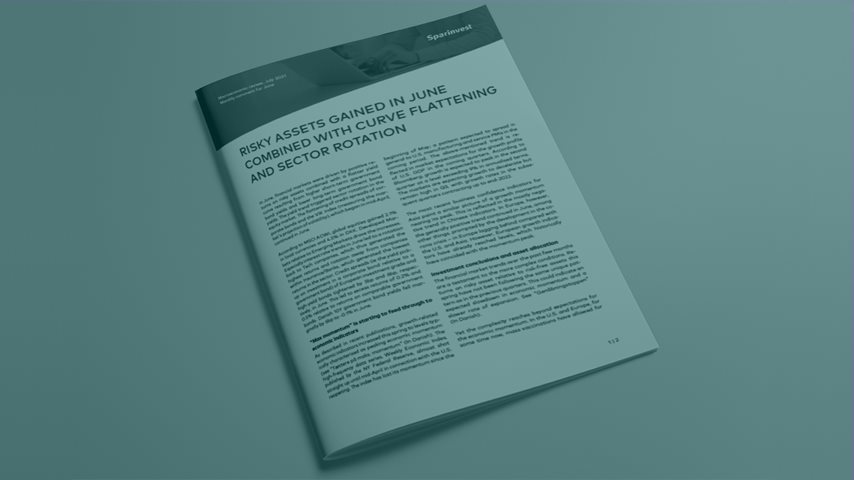Risky assets gained in June combined with curve flattening and sector rotation

In June, financial markets were driven by positive returns on risky assets combined with a flatter yield curve resulting from higher short-term government bond yields and lower long-term government bond yields.
The yield trend triggered sector rotation in the equity market. The flattening of credit spreads of corporate bonds and the VIX Index (measuring the market's projection of volatility), which began in mid-April, continued in June.
Read the full comment - click here
